Zirconia vs Titanium Implants: A 2025 Clinical Comparison
2025-11-03
2025-10-14
Digital impressions are transforming the dental CAD/CAM industry, contributing to a projected CAGR of 9.8% through 2032. By replacing traditional, messy impression materials with precise intraoral scanners, this technology is revolutionizing how dental restorations are designed and manufactured. In this article, we explore how digital impressions are driving market growth and reshaping dental practices worldwide.
Traditional dental impressions, often made with alginate or silicone, can be uncomfortable for patients and prone to errors. Digital impressions, captured using intraoral scanners, offer a faster, more accurate alternative. These scanners create 3D models of a patient’s teeth in real time, which are then used in CAD/CAM systems to design restorations like crowns, bridges, and orthodontic aligners.
The benefits of digital impressions include:
The adoption of digital impressions is a key driver behind the dental CAD/CAM market’s projected 9.8% CAGR through 2032. As more dental practices invest in intraoral scanners, the demand for compatible CAD/CAM systems is soaring. Leading brands like 3Shape, Align Technology, and Dentsply Sirona are innovating to meet this demand, offering scanners with improved speed, accuracy, and integration capabilities.
Digital impressions are not just limited to crowns and bridges. They are increasingly used in:
While digital impressions are a game-changer, their high upfront costs can be a barrier for smaller practices. However, as scanner prices decline and financing options improve, adoption is expected to accelerate. Additionally, advancements in cloud-based storage and AI-driven analysis are making digital impressions even more valuable for dental professionals.
With a 9.8% CAGR, the dental CAD/CAM market is set for significant growth, driven by the widespread adoption of digital impressions. As technology continues to evolve, we can expect even more seamless integration between scanners, CAD/CAM software, and 3D printing systems, further enhancing the efficiency and precision of dental care.
Digital impressions are at the heart of the dental CAD/CAM market’s growth, offering unparalleled accuracy and efficiency. As the industry moves toward 2032, dental professionals embracing this technology will be well-positioned to deliver superior patient outcomes and stay ahead in a competitive market.

Dry & wet milling for zirconia, PMMA, wax with auto tool changer.
learn more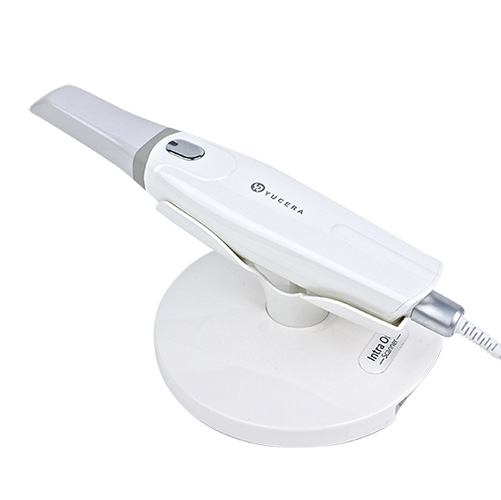
High-precision 3D scanning, AI calibration, full-arch accuracy.
learn more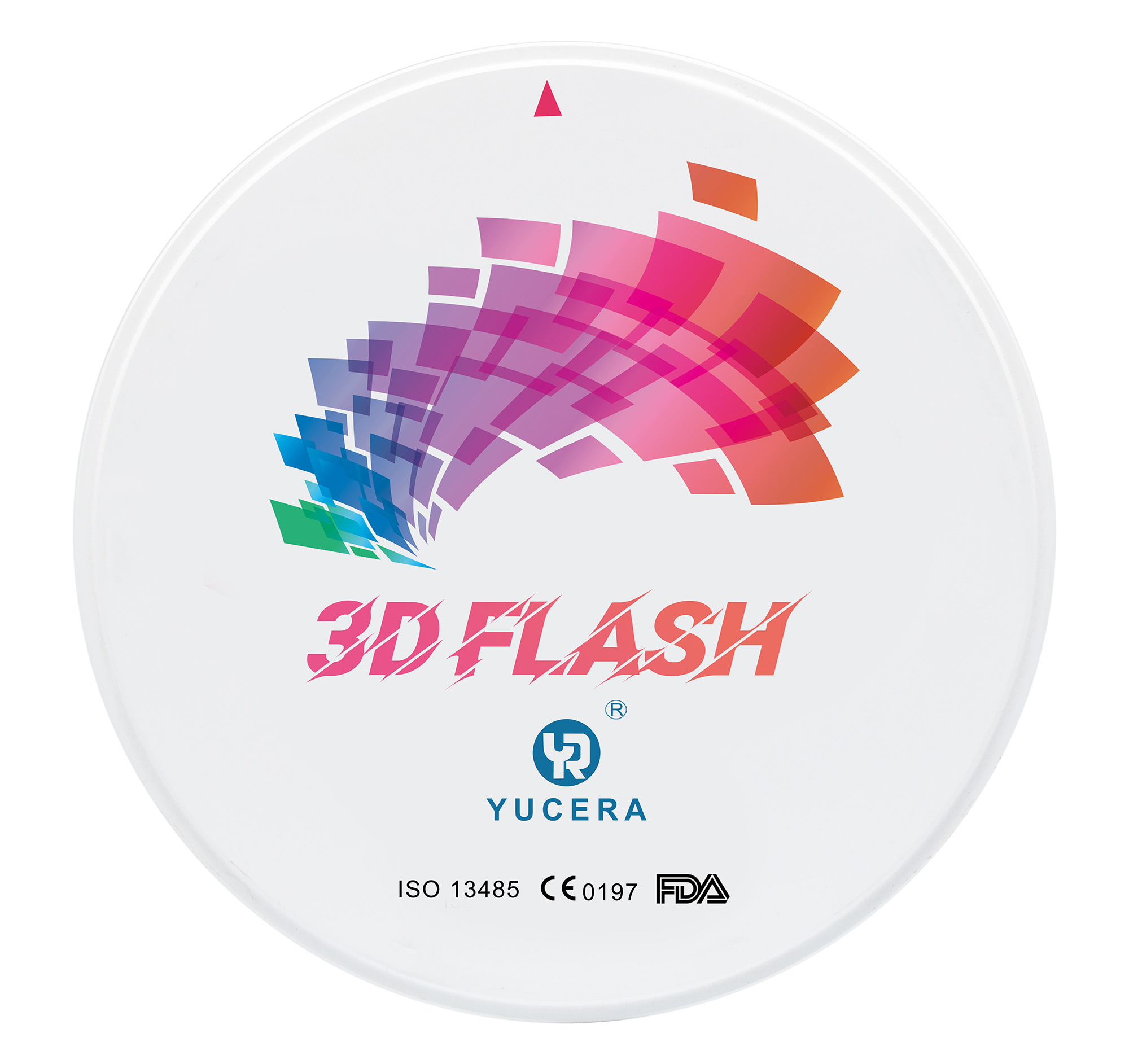
40-min full sintering with 57% incisal translucency and 1050 MPa strength.
learn more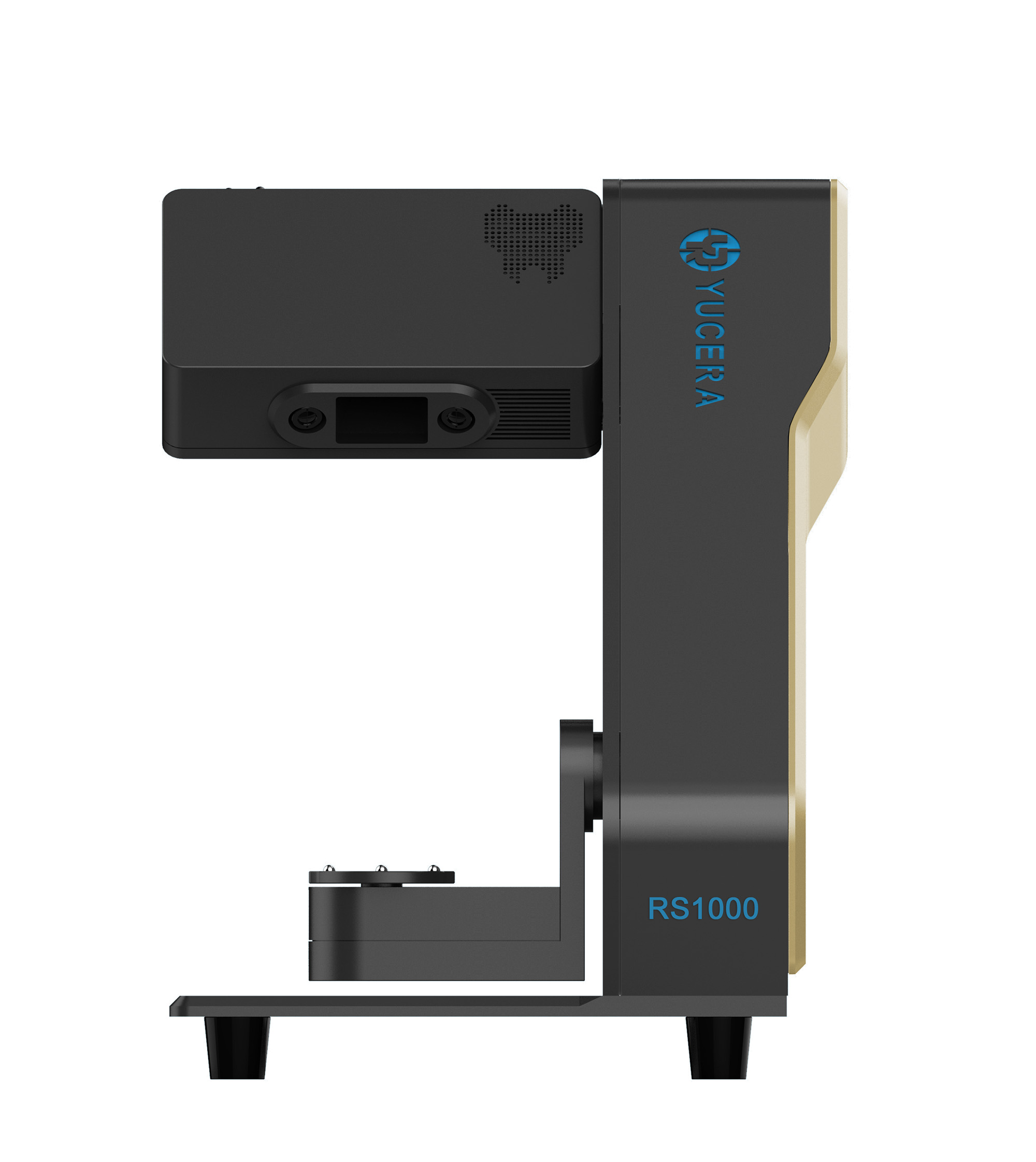
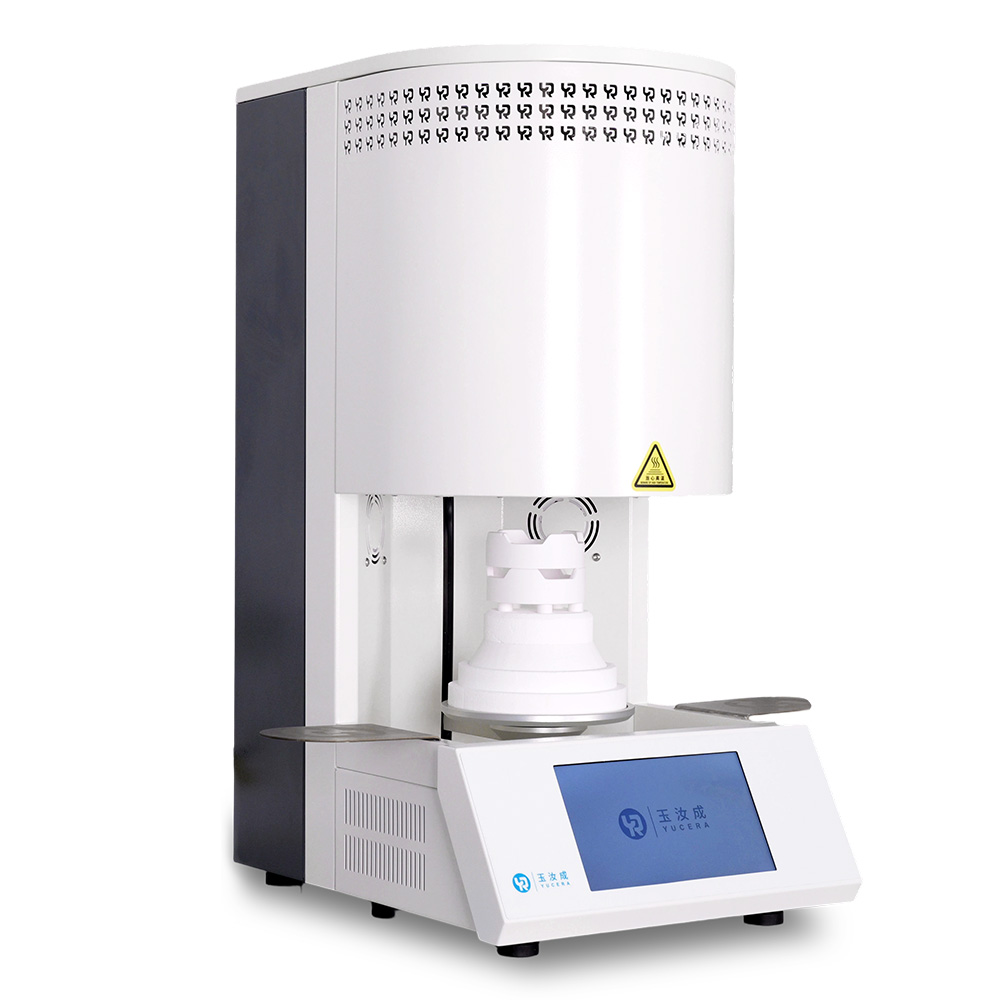
40-min cycle for 60 crowns, dual-layer crucible and 200°C/min heating.
learn more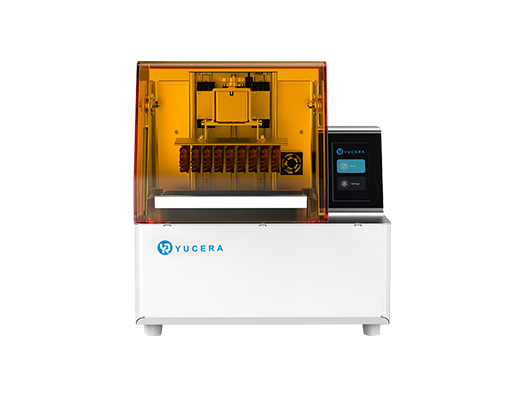
High-speed LCD printer for guides, temporaries, models with 8K resolution.
learn more